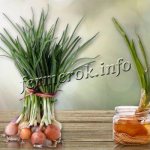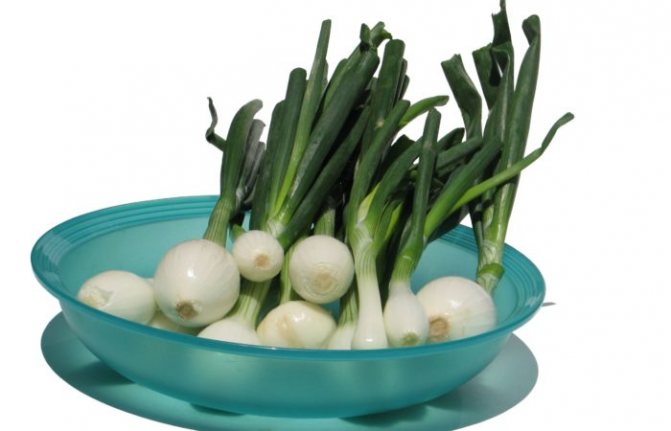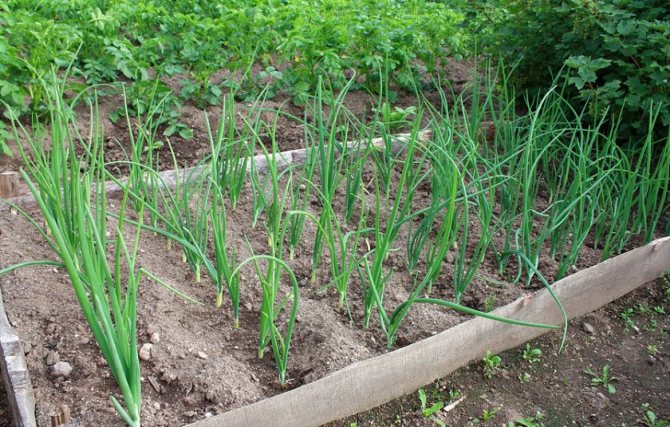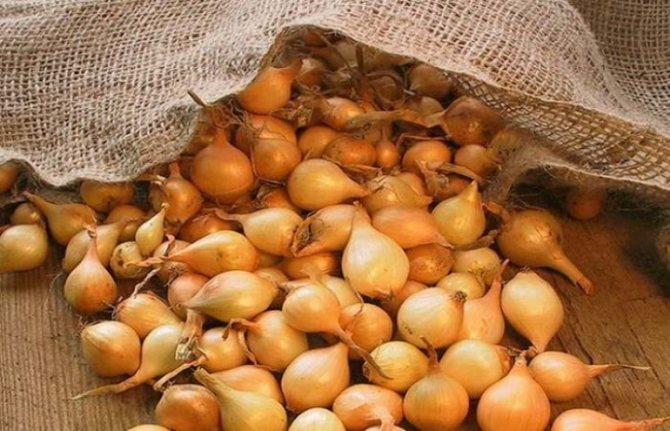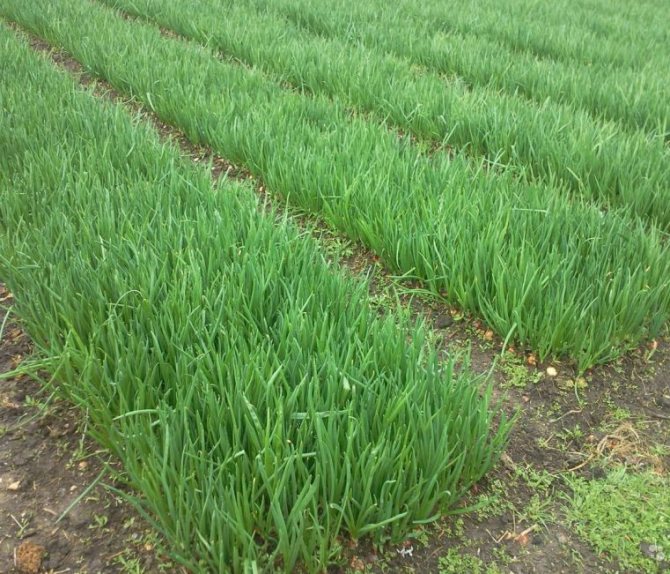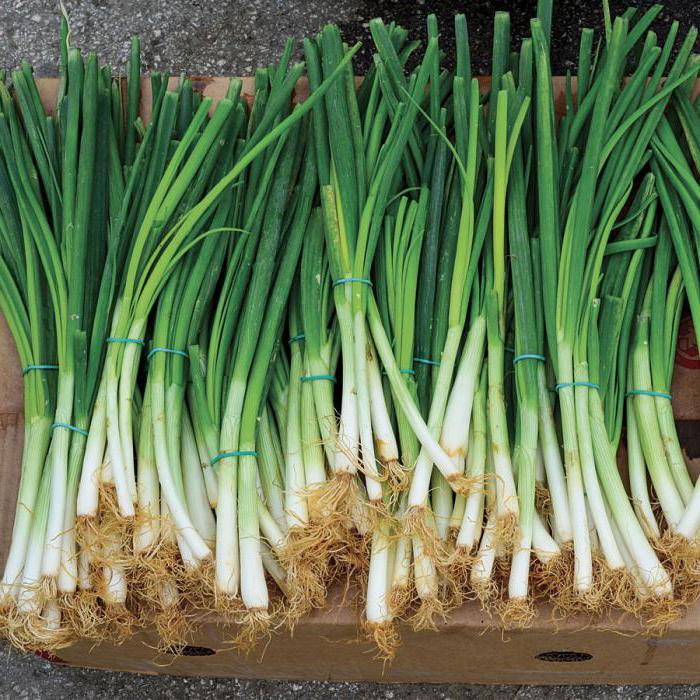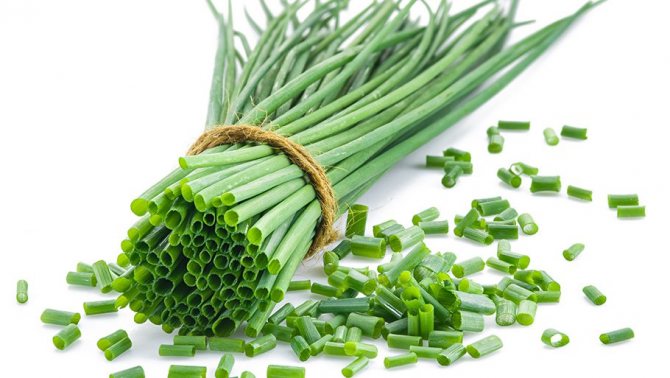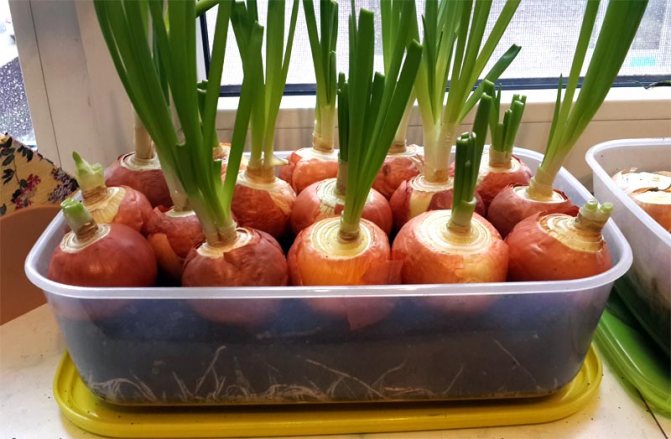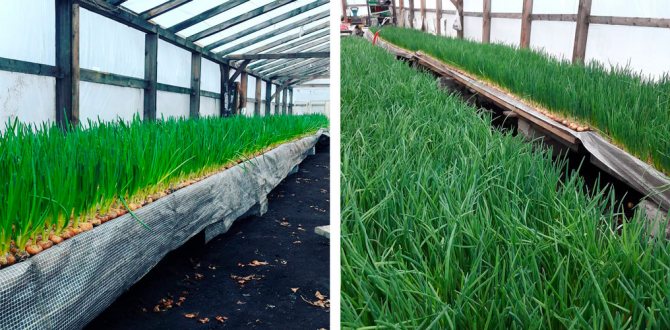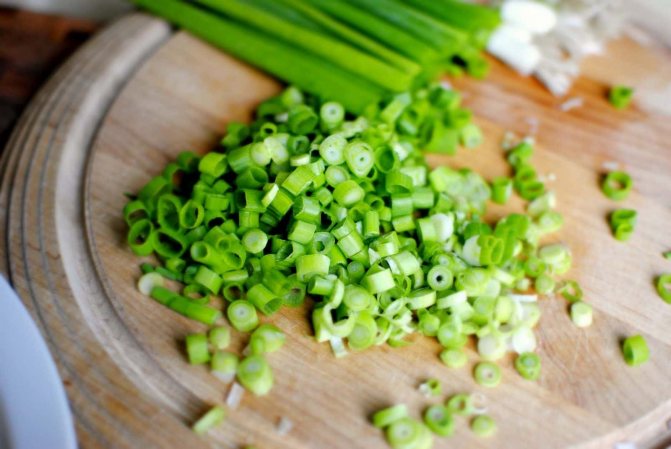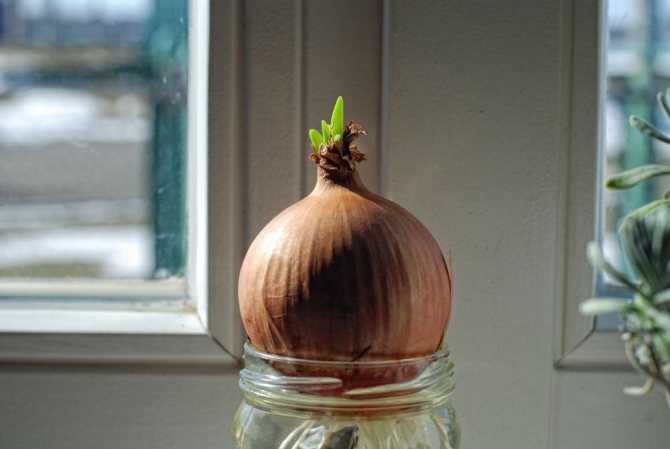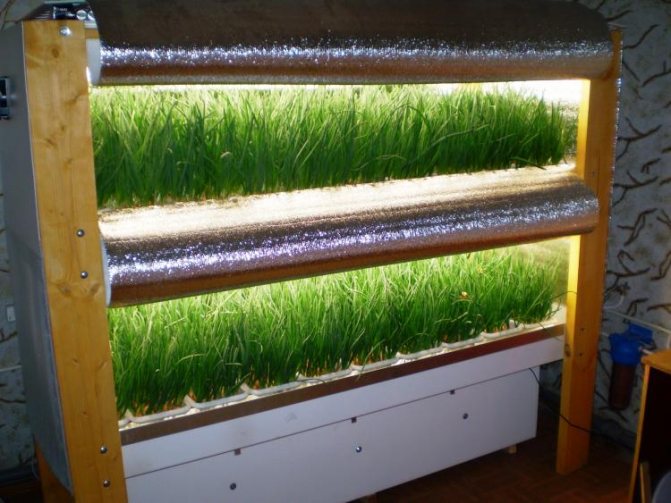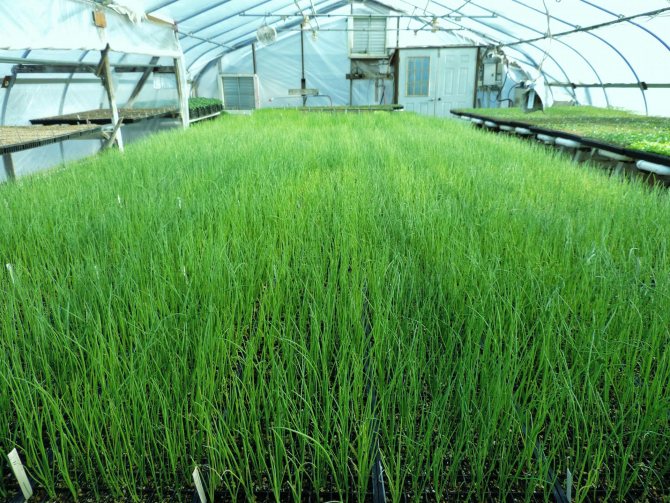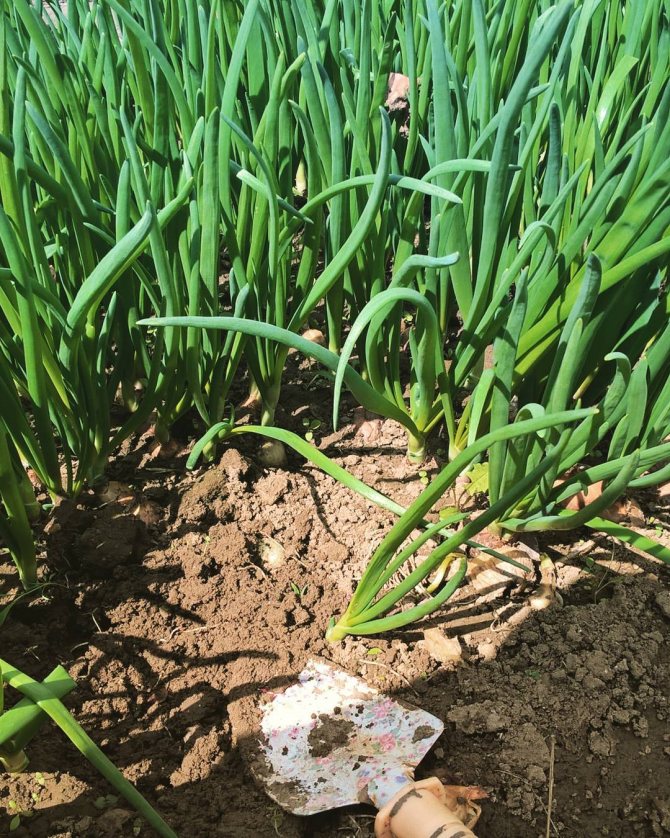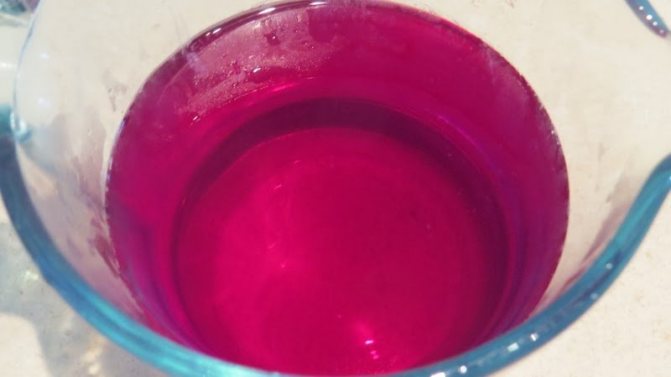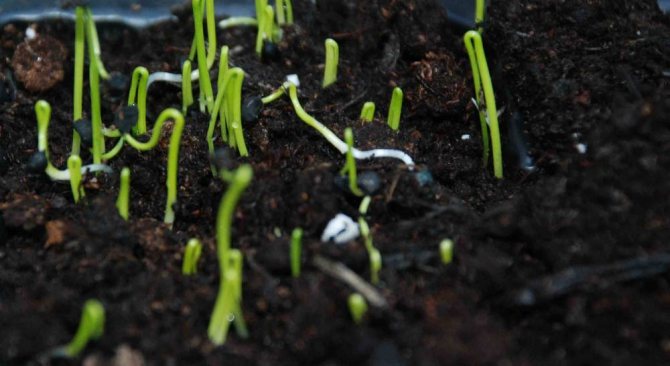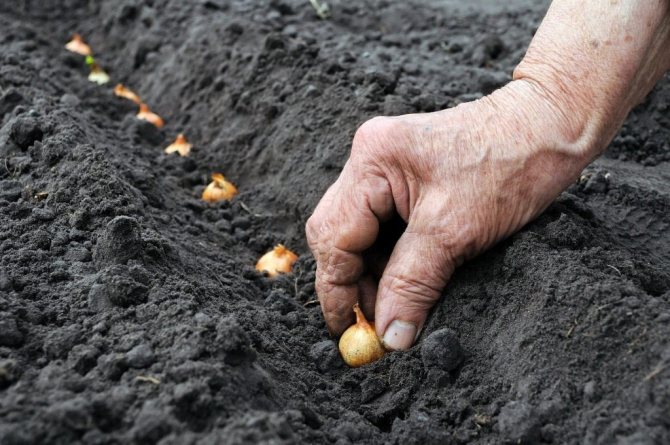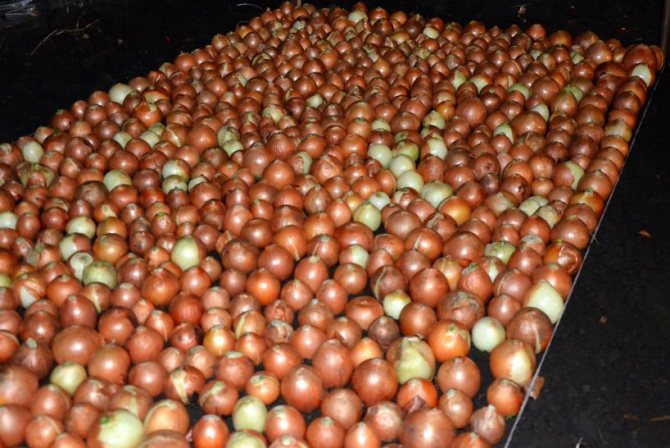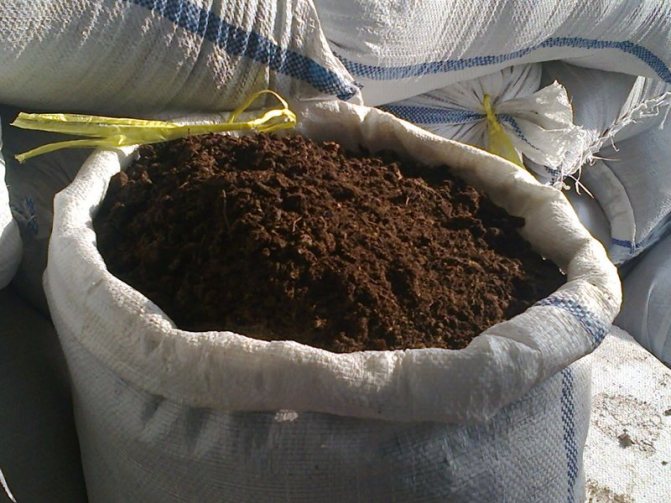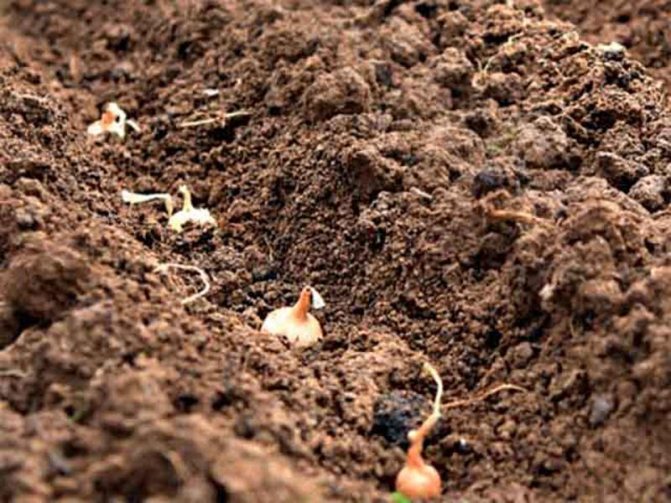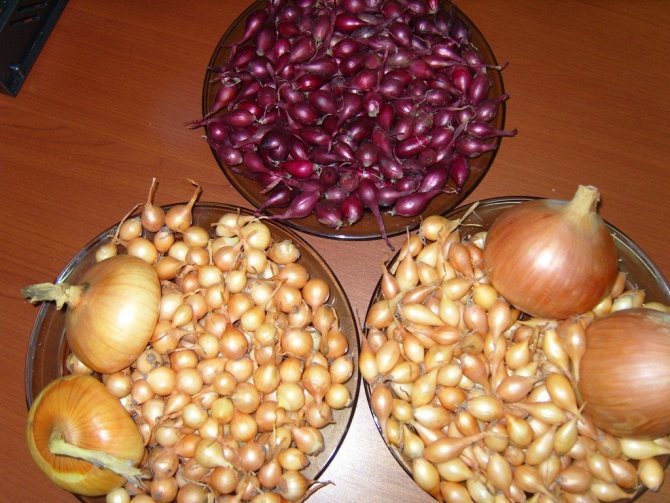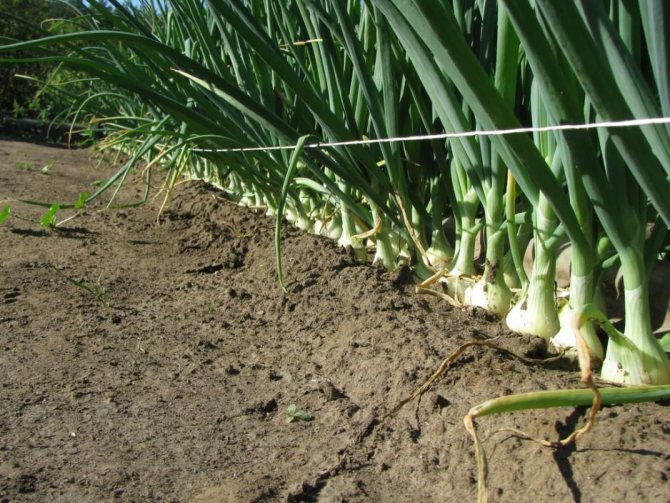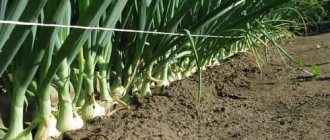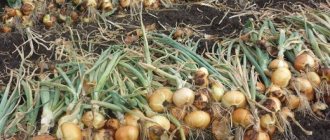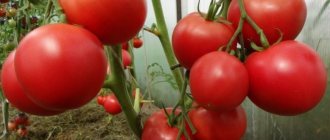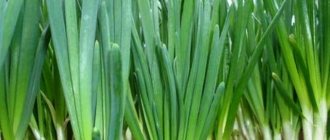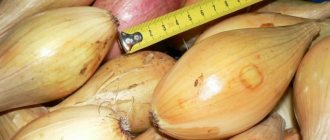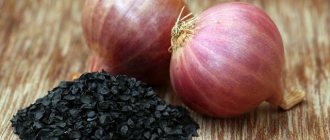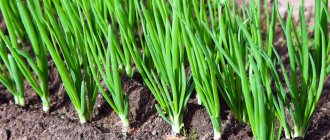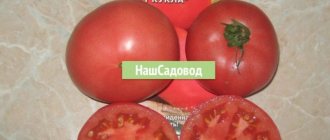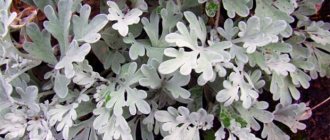How to choose a variety for forcing on greens
Choosing the type of onion for feathering is not easy. Most varieties produce 4 feathers on average and do not give or give more greenery, but it grows slowly. Such varieties are not recommended for forcing, they are unprofitable to plant on a feather. In order to choose a good variety, it is worth paying attention to the details.
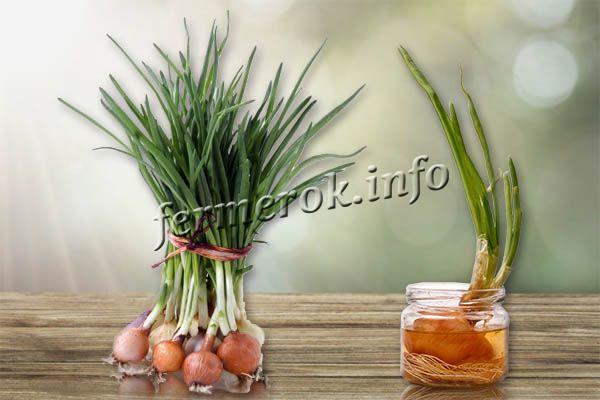
First of all, you need to take the kind that gives a lot of juicy and tasty greens!
First of all, you need to take the kind that gives a lot of juicy and tasty greens! But it is also worth knowing when the culture blooms. Blooming can greatly spoil the taste of feathers, so it is best to have it late.
Important!
Detailed characteristics of the variety, the ripening period of greens, the nuances of growth and taste characteristics can be studied on the package with the seeds of the culture, which is bought for a feather. In the market, without branded packaging and descriptions, you should not buy planting material!
Chemical composition
Green onions include in their chemical composition many vitamins and mineral elements necessary for normal human life. It contains a lot of vitamin A and its precursor, beta-carotene. Also, the level of vitamin C and vitamin K is high, contains a large amount of potassium, high levels of molybdenum and cobalt.


Vitamins
Vitamin content per 100 g of product:
- A, RE - 333 μg;
- beta-carotene - 2 mg;
- B1, thiamine - 0.02 mg;
- B2, riboflavin - 0.1 mg;
- B4, choline - 4.6 mg;
- B5, pantothenic acid - 0.13 mg;
- B6, pyridoxine - 0.15 mg;
- B9, folate - 18 mcg;
- C, ascorbic acid - 30 mg;
- E - 1 mg;
- H, biotin - 0.9 μg;
- K, phylloquinone - 166.9 μg;
- PP, NE - 0.5 mg;
- niacin - 0.3 mg.
Make a delicious onion soup.
Minerals
Contains the following mineral elements:
- potassium, K - 259 mg;
- calcium, Ca —100 mg;
- chlorine, Cl - 58 mg;
- phosphorus, Ph - 26 mg;
- sulfur, S - 24 mg;
- magnesium, Mg - 18 mg;
- sodium, Na - 10 mg;
- iron, Fe - 1 mg;
- aluminum, Al - 0.455 mg;
- manganese, Mn - 0.129 mg;
- zinc, Zn - 0.45 mg;
- molybdenum, Mo - 0.02 mg;
- cobalt, Co - 0.007 mg;
- chromium, Cr - 0.004 mg;
- selenium, Se - 0.5 μg.
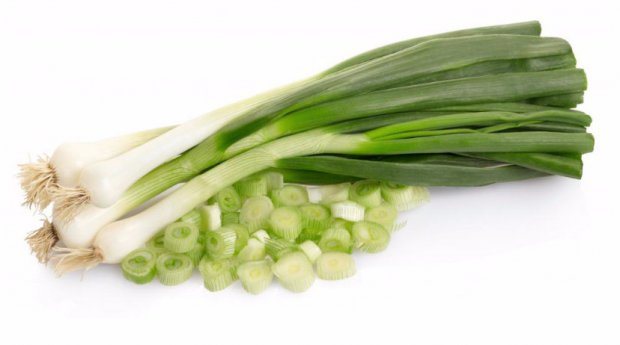

Varieties of onions on a feather
Check out these articles as well
- The best varieties of yellow plum
- How to plant eggplants for seedlings
- The best early grape varieties
- The most common diseases of cucumbers
There are several varieties of onions that can be grown for greens.
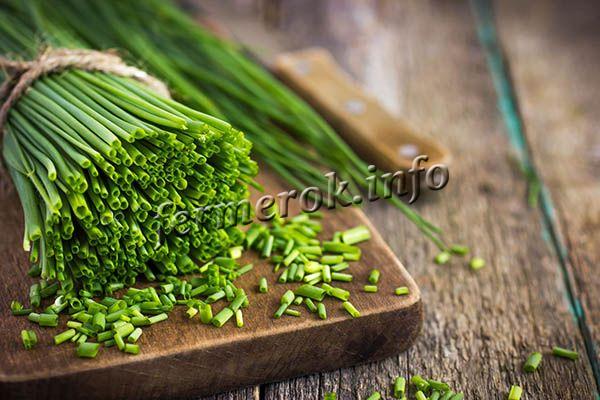

A chisel or chisel is often chosen for forcing a feather and is valued for long feathers up to 50 cm high
- Chives or chisels often chosen for forcing a feather. It is valued for its long feathers up to 50 cm in height in some varieties. The aroma is very pleasant and bright. The greens are tasty, they can be stored for a long time without losing their taste and appearance. An average of 3.3 kg of greens is collected from a square of plantings.
- Onion also called sandy or Tatar. Greens of this species grow evenly, during the growing season they can be cut 3 times. Approximately 2.5 kg of greens are collected from a square of plantings. The taste is simple, with a pleasant, not sharp pungency, but the cost for this type of greens is low.
- Slime onion also called drooping. The leaves are very juicy, the aroma is weak and has a hint of garlic. Ripens quickly, unpretentious, fruitful. Grown in the open air until the first frost, and in a greenhouse - all year round.
- Onion - known to everyone. It is easy to grow and has a high yield.Suitable for different types of plantings, places of growth.
Interesting!
Forcing onions on a feather is possible not only from small onions, but also from seeds. This method is budgetary, but takes more time. To get greens, seeds are sown 2-3 months before production is required, although ripening times may vary for different species and varieties.
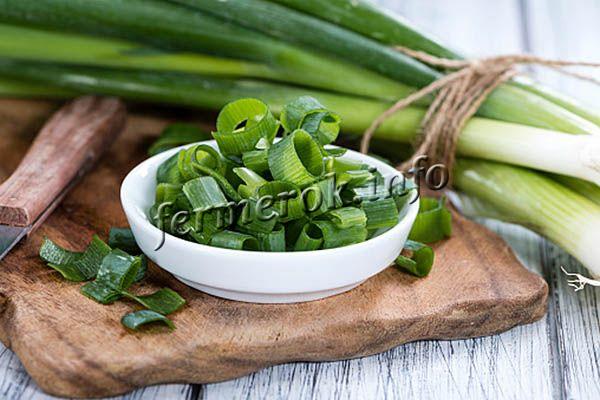

Shallots are superior in quality to onions, their feathers are large, fleshy
- Shallot superior in quality to onions. Its feathers are large, fleshy, but they quickly turn yellow and wither, so they do not store it for a long time. It is chosen for distillation because of its unpretentiousness, useful qualities and high yield - 5 kg / m. sq.
- Leek gives beautiful, wide feathers, as flat as garlic. The leaves have a pleasant, delicious taste, for which they are appreciated. The cost of leek feathers is high. Productivity per square about 2.3 kg.
- Egyptian or Canadian bow... It is also called multi-tiered, horned, or viviparous. It is easy to recognize by the feathers that grow from the bulbs on the peduncle. So it turns out at once several tiers of greenery. This variety is not afraid of frost. Productivity per square from 3 kg or more.
On a feather, you can grow onions of any of the above types. But not all varieties are suitable for these purposes.
Planting methods
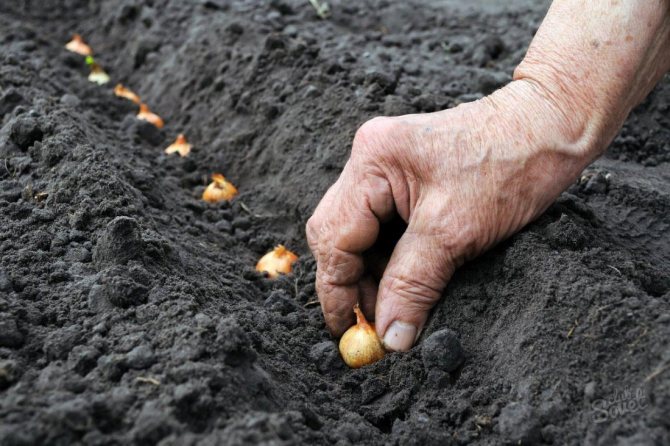

Onions on greens are planted in the soil in two ways:
- tape;
- pavement.
When growing green onions using a tape method, the bed is pre-leveled. For planting, grooves are cut with a depth of 2-3 cm, and the bulbs are placed in these grooves, and then covered with earth. The grooves are cut with row spacing of 15-20 cm, the distance between the bulbs laid in them is maintained from 2 to 4 cm.
The bridge method, in comparison with the tape method, is considered more progressive. It is often used in greenhouses and greenhouses where every inch of soil counts. The soil is also leveled before planting, in addition, the upper 7-8 cm is also loosened, but the grooves are not cut. The bulbs are laid close to each other, slightly deepening the base into the soil. For 1 sq. meter of planting area will need 12-15 kg of onions.
When grown in a bridge way, it is more practical to plant onions in narrow - up to 1 m - ridges, leaving a passage of 50-60 cm between them.It is better to make the ridges high - the time spent on their arrangement is more than pays off by the convenience in caring for plantings and harvesting.
The bridge method is often used in greenhouses and greenhouses, where every centimeter of soil counts. It is often used in a greenhouse or basement when growing green onions on shelves. This method allows you to harvest 3 times more crops from a unit of area than if you simply plant onions in the soil.
The design of the racks is simple: several pairs of vertical racks are installed, strong transverse racks are fixed on them. The lower rack is installed at a height of 10-15 cm above the ground, the middle rack at a height of 60-70 cm above the lower one, and the upper rack at the same distance above the middle one.
Wooden or iron boxes with a height of 10-12 cm are installed on the racks. Soil is poured into the boxes, and onions are planted in it. Caring for such plantings is no different from usual, except that it is not very convenient to water and feed growing onions on the upper rack.
There is another interesting way to grow onions for greens - using hydroponics. But this is not the kind of hydroponics in which you need to invest thousands, if not tens of thousands of dollars. This hydroponics is in every home, and our great-grandmothers used it, not even suspecting that their descendants would call this method of growing green onions with such an abstruse word.
In fact, the method is very simple. Water is poured into a small mug or glass, and a large head of onion is "planted" on top so that its root cup is in water.It is better to plant an already sprouted bulb: firstly, you will get a harvest faster, and secondly, with such a bulb it is already possible to determine how many sprouts it will give out.
Then everything is simple: periodically you need to change the water in the glass, and as forcing, cut out the longest shoots. You won't make money for black caviar with such "hydroponics", but you can easily prepare a delicious vitamin salad from fresh green onions for your New Year's or Christmas table.
The best varieties of onions on a feather
The best varieties are distinguished by high yields and ease of growing. Most of them can be planted both indoors and outdoors. They are also suitable for growing on a windowsill.
- "Bessonovsky local" onions have strong immunity and high yields. He is early, requires minimal care. Has 2-3 green buds for future feathers.
- "Rostov improved" Is another disease-resistant and early onion-type species. Gives 3-4 primordia per feather.
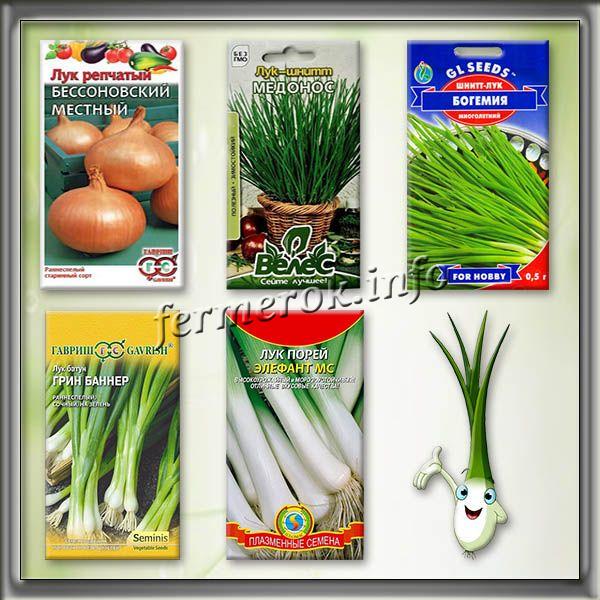

The best varieties of onions on a feather
- "Bohemia" - a variety of chives, which is grown in one place for up to 5 years. Its yield is stable, high, up to 4 kg / m. sq. The first crop is cut 2.5 weeks after germination.
- "Honey plant" - medium late variety of chives. The first cut is carried out already 90 days after germination. Productivity per year - 5 kg / m. sq. The culture is not afraid of cold weather, disease.
- "Elephant" - belongs to the category of the best varieties, according to many gardeners. It is very easy to grow it, it endures the cold without problems, it rarely gets sick. Greens give in 200 days after the emergence of sprouts. Productivity per square - 4 kg.
- "Green" Is a perennial species of slime onions. Can grow without transplant for up to 5 years. Productivity per square of plantings - 4-6 kg. Resistant to frost and many diseases.
- "Memory" - a variety of Egyptian onions for unprotected ground. For a year, feathers are cut 2-3 times, and each time up to 3 kg of greens are cut. The variety is early, yields the first harvest less than 25 days after sprouting. Immunity is strong.
These varieties always show their best sides when planted on greenery. They are suitable for fresh food, heat treatment, sale.
Diseases and pests
The combination of high humidity and low temperatures in the greenhouse often leads to fungal diseases. They appear as spots of various colors and areas of decay on the lower or upper half of the onion. The most common pests are the onion fly, stem nematode, and lurker.
The fight against diseases and pests is carried out primarily through prevention. Effective methods are annual soil replacement in the greenhouse and fruit change. Wood ash is effective against onion fly. If the use of insecticides or fungicides is necessary, biological formulations are selected. They decompose in just a few days, after which onions can be safely eaten.
Varieties of onions on a feather for open field
We recommend reading our other articles
- How to plant eggplants for seedlings
- Apricot Red Cheeked
- How to cook corn on the cob
- Scheffler - care and reproduction
For open ground, it is not difficult to select varieties of onions for a feather. Below are many options for every taste.
- "Arzamas local" - onions that have 3-4 buds of future feathers. It produces tasty greens as well as a nice, dense onion. The feather can be stored at low temperatures, but this variety is loved by pests, and powdery mildew is often affected.
- "Baron" - ultra early batun. It gives the first feathers within a month after germination. Tolerates low temperatures, yield 3.5-4 kg / m. sq.
- "Siberian" - chives, yield 4 kg / m. sq. Ripening is average. Resistant even to very low temperatures, so it can be grown outdoors without problems.
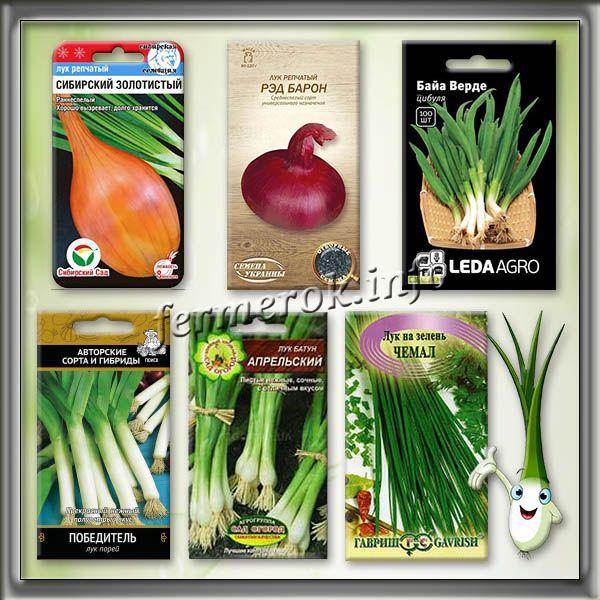

Varieties of onions on a feather for open field
- "Bahia verde" - a variety of onion batuna, which tolerates significant temperature drops.He is not afraid of rot, the yield is 4.2 kg / sq. M. The feather is tasty, juicy, medium sharp.
Interesting!
In unprotected soil, you can grow almost any variety of onions on a feather. They grow well in open, sunny areas or in partial shade.
- "April" - one of the most popular varieties of batun. It is perennial (5-7 years), ripens in 120 days on average. Greens can tolerate frosts down to -10 degrees. Immunity is high. Up to 300 g of greens are obtained from the onion per season.
- "Chemal" - mid-season type of chives. It is grown mainly in the open field. If summers are humid, it can suffer from downy mildew. Has an average frost resistance.
- "Winner" - perennial leek. Resistant to frost, has strong immunity, so it can be grown outdoors. Productivity per square of landings - 3.5 kg.
- "Leader" - belongs to the variety of slime, grows in a lush bush. For each cut, 1.7 kg of juicy greens are obtained per square meter. It rarely gets sick, tolerates cold without problems, can be grown as decorative.
Varieties for open ground, as a rule, need timely watering and preventive treatments against pests, diseases, but if the immunity is good, problems during cultivation may not arise at all.
Reviews of gardeners
Tatiana Veklenko
Onion (Jusai), but it's the same as chives. Excellent seedlings grow in two months. And it doesn't matter when to sow it (in spring, summer or autumn), as long as it is warm
Leneli
The onion is a batun. It is a perennial, it grows quickly, you can cut off the feathers, but I thin out the bushes, with the roots it is stored longer.
Greenhouse onion varieties
Different types of onions can be grown in greenhouse conditions. To get a lot of feathers for sale or food, you can choose the varieties below.
- "Chernigovskiy-4" suitable for different types of greenhouses. This is a medium late, onion species. May be affected by peronosporosis.
- "Pierrot" suitable for cultivation in greenhouses, because this variety of tramp does not tolerate extreme cold. Productivity - from 5 kg / m. sq. His feathers are delicious.
- "Spring" - an early variety of chives (30 days from germination to harvest). It grows well in the open field, but in the greenhouse it ripens earlier and gives more yield. Cold resistance at an average level, yield 5-6 kg / m. sq.
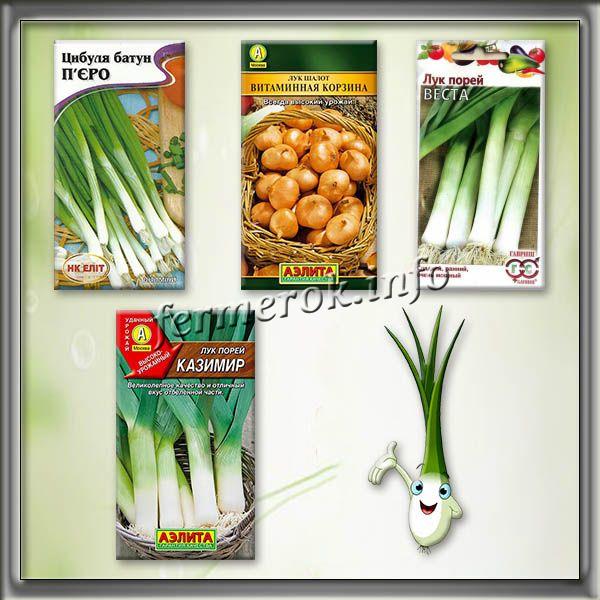

Greenhouse onion varieties
- "Vesta" - early leek for greenhouse cultivation. Average frost resistance, yield - 5.7 kg / m. sq. It is immune to major diseases.
- "Kazimir" - another leek for greenhouses. He is afraid of frost, even autumn, and therefore it is grown in greenhouse conditions or in greenhouses. The variety is mid-season, it takes 200 days to ripen. It gives a lot of greenery. Productivity per square - 5-6 kg.
Interesting!
If the greenhouse is warm all year round or a special insulated bed is made for the onions for the winter, it will germinate together and delight with large harvests. The same applies to onions planted in the open field in spring.
- "Vitamin basket" - a variety of shallots for forcing in greenhouses not only in summer, but also in winter. Vegetation lasts 70 days on average, but the greens are cut off as early as 20 days after planting. There is moderate frost resistance and good immunity.
- "Sophocles" - shallots with good immunity and frost resistance. It has an average ripening period. The yield is stable, about 2 kg are harvested per square meter.
- "Likova" - Egyptian onions of early ripening. Productivity - 3.6 kg / m. sq. It can grow even with a lack of light, so it is often planted in greenhouses with poor lighting. May be affected by thrips. Cold resistance at an average level.
Greenhouse onions are distinguished by juicy, bright feathers and a rich aroma. If you plant other crops next to it, then it will drive away many pests and thereby protect the planting. So it is recommended to plant onions in greenhouses at least in small quantities, just for forcing on greens.
Harvesting
The harvest period depends on the onion variety and the conditions in the greenhouse. Usually it takes 4 to 6 weeks after planting to reach this point. Leaves 25-40 cm long (from the ground level) are ready for sale and use. Greens in 50 cm are considered non-marketable.
Cleaning is done in the following way:
- The onion is cut with a knife at the root.
- Cut off the bottom.
- With one hand they hold the onion, with the other they pull out the feather.
- The transparent film is removed from the white part.
- Packed in newspaper or cellophane.
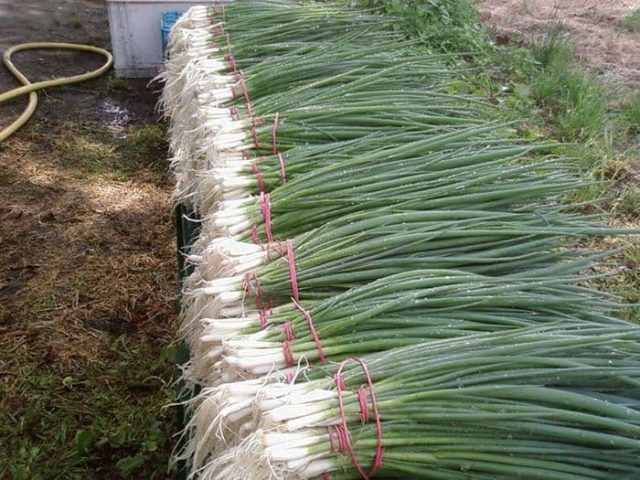

Marketable length of green onions - 25-40 cm
Why green onions are useful in folk medicine
Regular consumption of green onions is not capable of harming your figure, as it is a low-calorie product - 100 grams of fresh "feathers" contain about 31 calories. In addition, this plant is rich in flavonoids, antioxidants, plant fibers, minerals and vitamins, which provide tremendous health benefits. It is often used in traditional medicine for the treatment of various diseases, as well as for their prevention.
Why green onions are useful:
- This product is most commonly used as a cold remedy.
- Green onions contain essential oils that act on the sweat glands and thereby increase perspiration.
- Normalizes blood pressure.
- Improves appetite.
- Helps prevent diarrhea.
- The beneficial properties of green onions are also in the destruction and suppression of fungal infections.
- This product inhibits the growth of cancer cells (especially in colon cancer).
- Improves blood circulation and absorption of vitamin B1, which in turn reduces stress and fatigue.
- This herb is rich in quercetin, a flavonol found in green onions that has beneficial properties in protecting the human body from certain chronic diseases, including asthma, allergies, heart disease, and diabetes. This natural chemical can act as an antioxidant, antihistamine, and anti-inflammatory.
- Many studies have shown how green onions are good for diabetes. It turns out that the sulfur compounds in this product help lower blood sugar levels. This effect is achieved by increasing the amount of insulin.
- The allicin in onions reduces the stiffness of the blood vessels due to the release of nitric oxide and thus leads to a decrease in total blood pressure. In addition, it prevents the formation of blood clots and has a fibrinolytic effect, which helps to reduce the likelihood of developing peripheral vascular disease, coronary heart disease and stroke.
Answering the question of what green onions are useful for, one cannot but recall its unique properties, which are provided by vitamins of group B (pyridoxine, folic acid, niacin, riboflavin and thiamine) and minerals such as copper, iron, manganese and calcium, which are necessary for the body in large quantities for its normal functioning. 100 grams of this product provides the human body with 64 mcg of folates - folate salts, which are essential for DNA synthesis and cell division. Eating green onions during pregnancy can prevent neural tube defects in newborns.
Based on materials:
- https: // healthyeating.
- https: //
- https: //www.nutrition-
- https: // woman.
Useful properties of onions
Useful properties of onions

